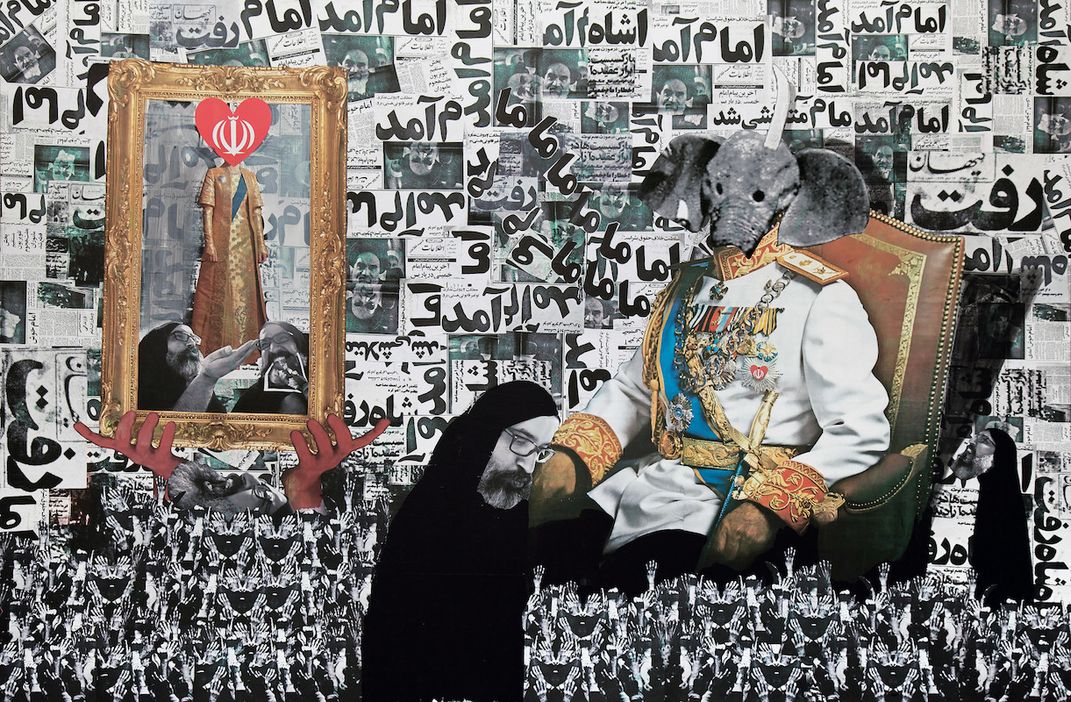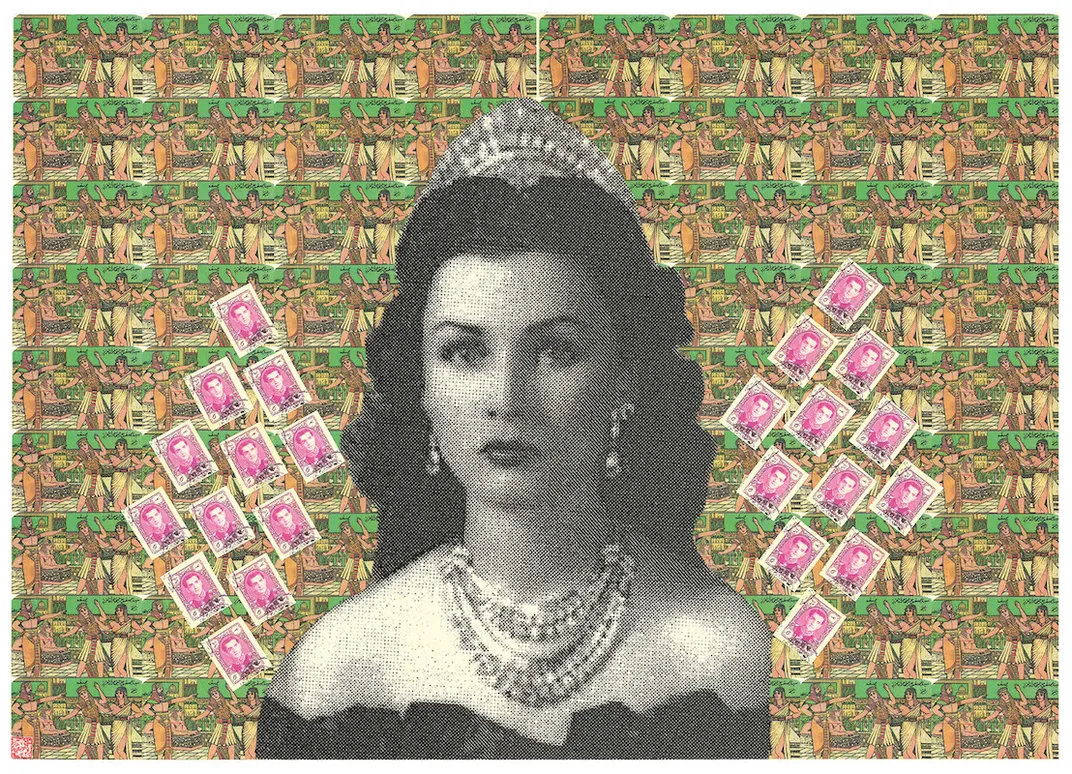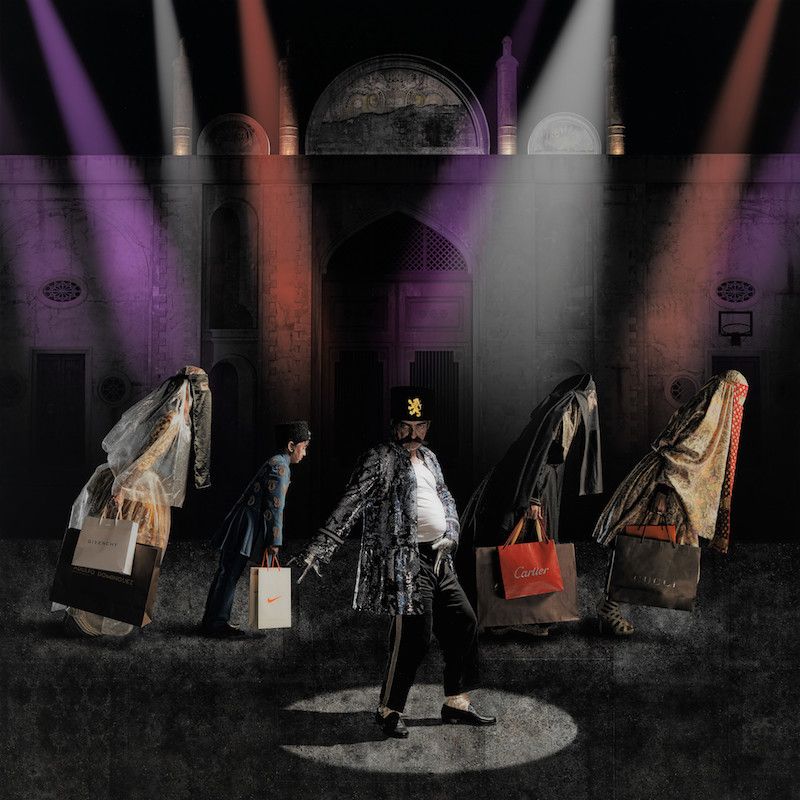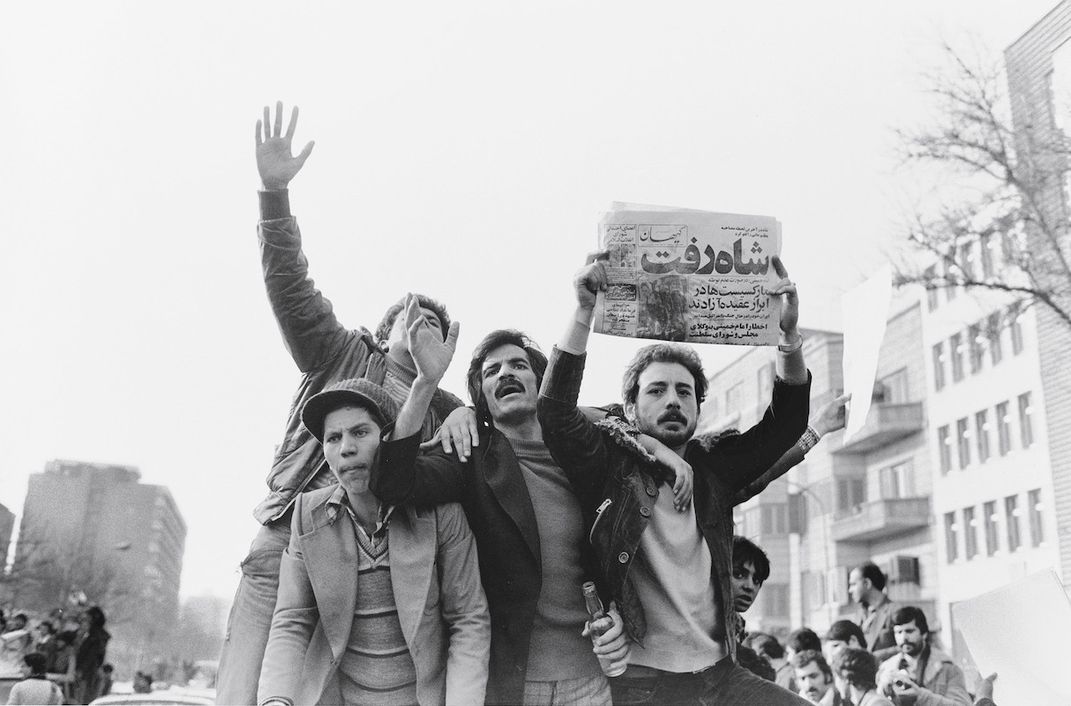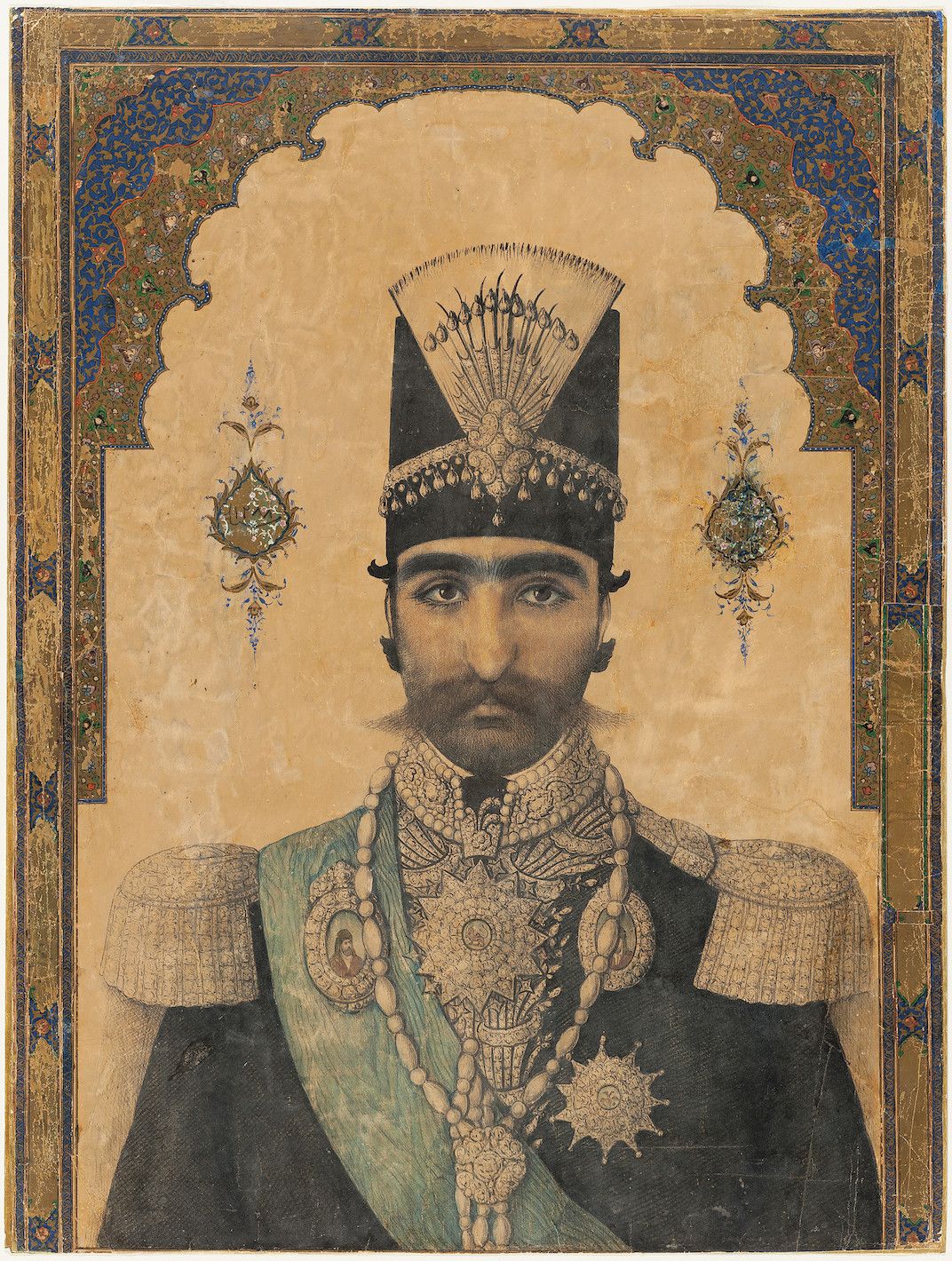Exhibition Shows How Iran’s Present and Past Merge Through Art
The new show at LACMA features 125 works of art from more than 50 artists, some of whom couldn’t make it to the opening because of the travel ban
In a 2016 op-ed for the Huffington Post, Stephanie Lester of American Iranian Council writes that “perhaps no place on earth is more misunderstood, and worth a re-examination, than the country of Iran; particularly as U.S.-Iran relations enter a new phase of uncertainty.”
A new exhibition at the Los Angeles County Museum of Art is pushing back against that obfuscation, reports Anny Shaw for The Art Newspaper, a timely history lesson that comes just as President Trump announced his decision to withdraw from the Iran nuclear deal on Tuesday, further straining ties between the two countries.
Called “In the Fields of Empty Days: The Intersection of Past and Present in Iranian Art,” the show features 125 works of art from more than 50 artists, who critically explore Iranian society, both past and present.
“Its goal is to portray the ideas of identity, politics, faith, history, and culture that help define the remarkably diverse artistic heritage of Iran as viewed through the lens of time,” Linda Komaroff, who's served as the museum's curator of Islamic art since 1995, says in a press release.
The show, which opened over the weekend, tells this expansive story through various mediums such as photography, historical manuscripts, posters, political cartoons and video. The Iranian art on view spans the centuries, from Safavid dynasty manuscript illustrations dating back to the 1500s and 1600s to the 19th-century Qajar dynasty-era photographs to contemporary works from just before the 1979 Islamic Revolution onto the present-day.
In addition, the show is a window into how Iranian art uses history to comment on the present. “Iranian artists have a tendency to take the present and hide it in the past to use it as a form of political commentary,” Komaroff tells Shaw.
For example, a series of digitally manipulated photographs by artist Siamak Filizadeh uses the reign of Nasir al-Din Shah, King of Persia from 1848 to 1896 to make a modern statement. The series, writes Komaroff in a blog post about its acquisition by LACMA earlier this year, was inspired by a quote attributed to the dying leader, who was assassinated after almost a half-century of rule. “I will rule you in a different manner, if I live,” he allegedly said.
“A martyred king, Nasir al-Din is a semi-tragic figure with much the same appeal as a literary character or even a modern-day politician,” Komaroff explains. Fusing the late king's story with modern imagery like an ATM, cell phones and shopping bags from Cartier, Filizadeh anchors the series in the absurd, and in doing so mines fresh commentary out of the historical event.
Though the exhibition features work by Iranian-American artists, Iranian artists living in the U.S. and artists based in Iran, those living in Iran couldn’t travel for the opening because of President Trump’s travel ban, which prohibits residents of eight countries, six of which are predominantly Muslim, from entering the U.S. The U.S. Supreme Court considered the third iteration of Trump’s executive order last week, and its decision about whether the president has the authority to implement a travel ban is expected to come in late June, PRI reports.
LACMA is one of more than 100 art institutions that have signed an amicus brief in opposition to the ban.
Komaroff tells Shaw she hopes “to show American audiences the human face of Iran, and to encourage us to question what we see in the news.”
The idea for the exhibition began back in 2014, as Komaroff was driving in Tehran and saw a billboard of then-President Barack Obama standing next to Shimr, known infamously by Shi’ite Muslims as the man who beheaded Muhammad's grandson Hussein ibn Ali.
This represented the country’s disapproval of Obama, Komaroff says. “To liken someone to Shimr is the lowest insult,” she tells Shaw.
But what struck her "was the assured and authentic manner in which this anachronistic pair of figures was presented, something familiar to me from my study of both historical and contemporary Iranian art," as she explained in a recent blog post. "This mixing of past and present for the purpose of political or social messaging is an important and longstanding characteristic of the art of Iran."
It's this "recontextualization" of the past that's the focus of the show, on display through September.
